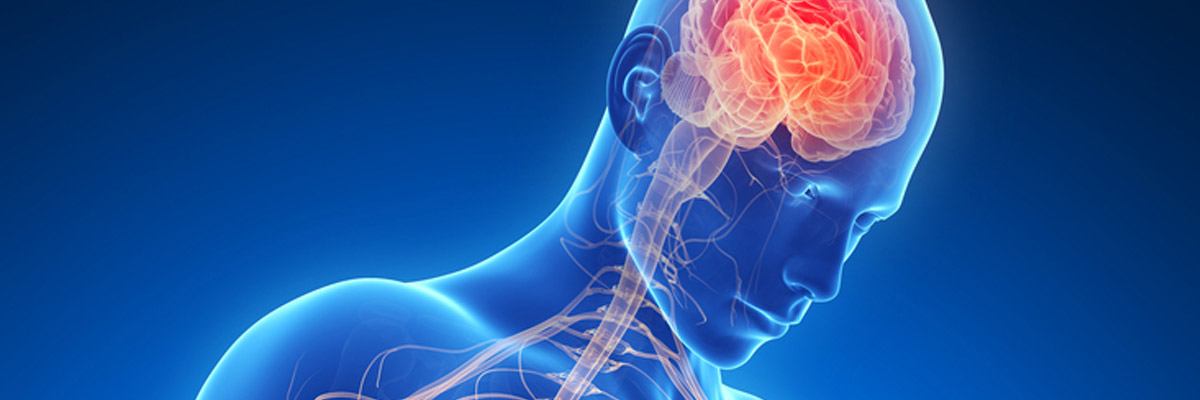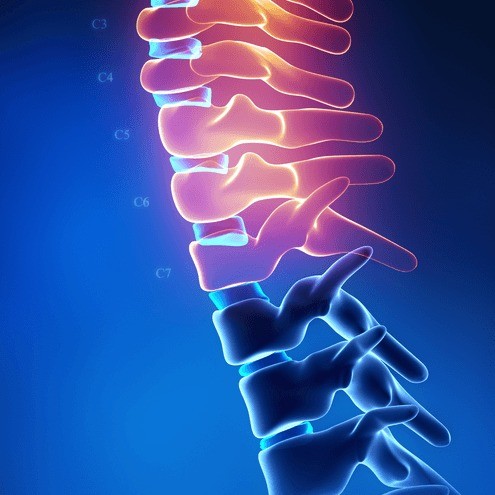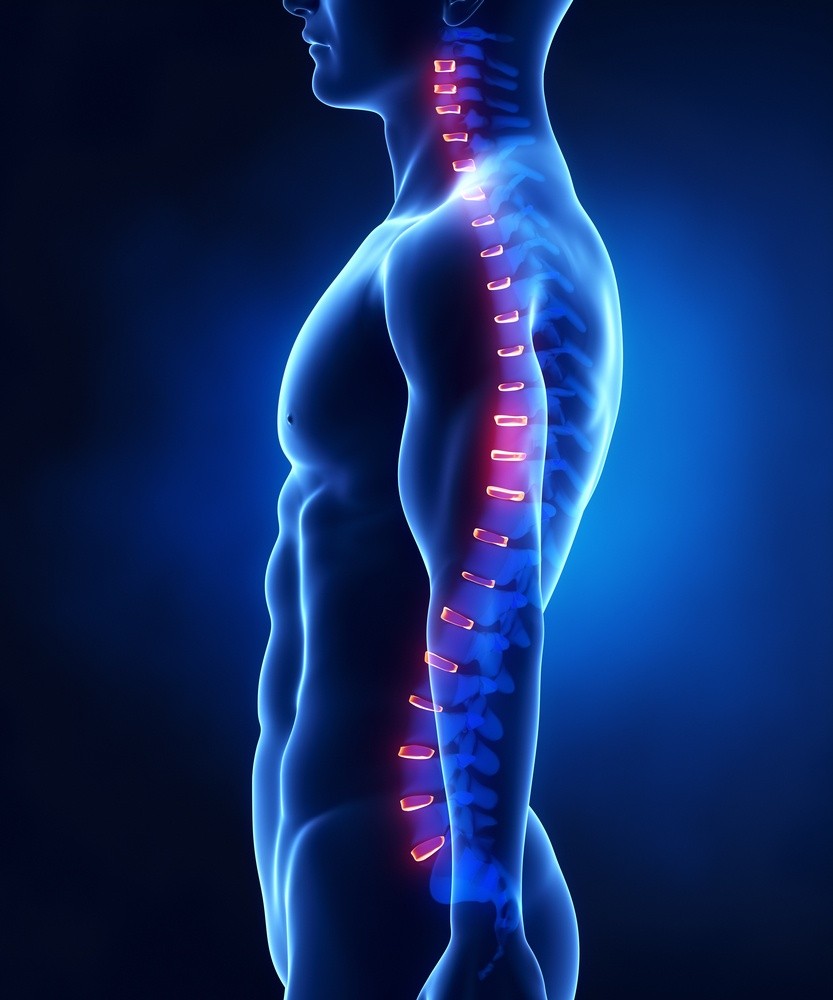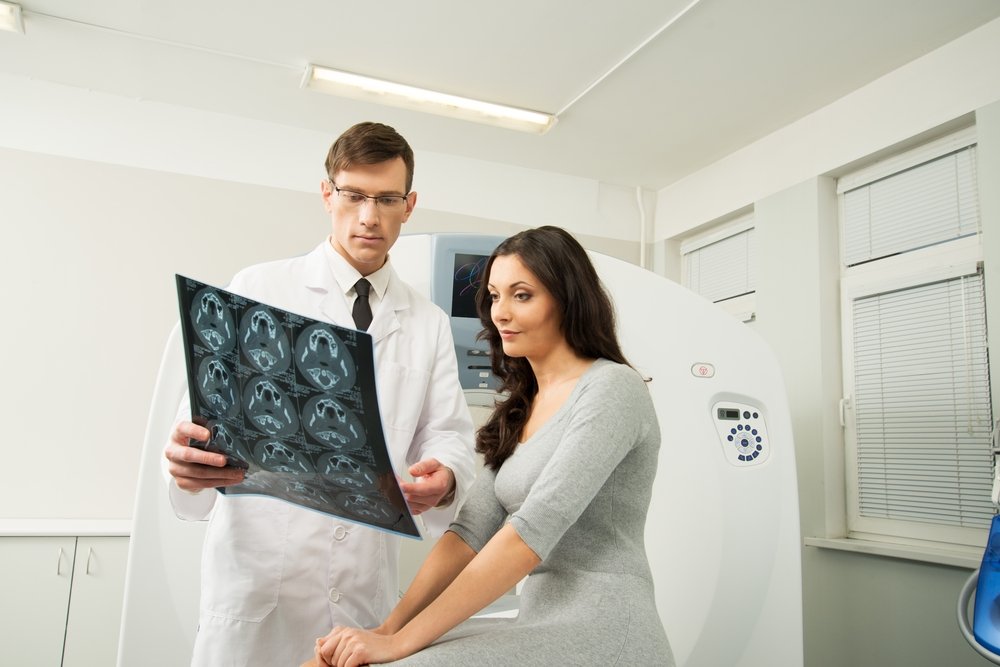- PATIENT FORMS | REQUEST A CONSULTATION | CONTACT US
- 1-844-NSPC-DOC
Spasticity

What Is Spasticity?
Take ActionCauses of Spasticity
Spasticity can be caused by injuries, diseases and other conditions that damage part of the brain such as the motor cortex.
Accidents or other harm to the brain that can generate spasticity:
- Spinal cord injury
- Traumatic brain injury
- Anoxic brain injury also called cerebral hypoxia
Diseases and disorders, such as multiple sclerosis and cerebral palsy, can contribute to spasticity.
Other conditions, such as a stroke, encephalitis, and meningitis, can also bring about spasticity.

Symptoms of Spasticity
Symptoms of spasticity:
- discomfort or pain in the affected muscle
- muscle stiffness
- tightness in the joints
- involuntary contracting and releasing muscles (spasms)
- protracted muscle contractions (dystonia)
- fast, repeated uncontrolled movements (clonus)
- inability to stretch muscle into normal position due to hypertonia (increased muscle tone, so much that it’s difficult to extend the muscle)
The overly tight muscles can impair daily functions along with:
- abnormal postures or positions, and
- involuntary crossing of legs or scissoring.
- Exaggerated deep tendon reflexes
- Muscle spasms
- Scissoring (involuntary crossing of the legs)
- Fixed joints
Over time spasticity, if left untreated, may result in:
- bladder issues
- deformities of the bone and joint
- muscles stiffening into permanent contractions, a condition called contracture

How Is Spasticity Diagnosed?
Along with your medical history, your doctor will perform a physical exam and neurological testing. Medical imaging tests such as magnetic resonance imaging (MRI) scans will provide additional information.
Nerve conduction tests may be used to measure the electrical function of the nerves and muscles.
Advanced Treatments for Spasticity at NSPC
Non-surgical treatments can include physical therapy, braces and medications.
Botulinum Toxin (Botox) injections can target specific muscles, but only a limited number of injections can be repeated in the same area.
Surgical treatments for spasticity
NSPC Brain & Spine Surgery (NSPC) (NSPC) has an expert multidisciplinary team of neurosurgeons with a range of neurosurgical subspecialties and related fields. NSPC offers the most advanced treatments for brain and spine disorders.
Intrathecal Baclofen Pump (baclofen is a muscle relaxant) is a method by which the injection is administered directly into the spinal fluid via a pump that is placed under the skin of the abdomen to deliver a continual flow of medication.
Selective Dorsal Rhizotomy is the removal of dysfunctional nerve roots that miscommunicate with spastic limbs. This procedure may help improve the gait and mobility of children with certain forms of cerebral palsy.
NSPC specialists are here in our Long Island, NY centers to help you or a loved one understand the condition and the treatment options. Get in touch to speak with a recognized and respected movement disorder physician.

Related NSPC Center
Long Island Brain and Spine Tumor Center
NSPC provides state-of-the-art treatment of benign and malignant brain and spine tumors, using minimally invasive procedures like Gamma Knife®, Novalis TX™, and CyberKnife® rather than major surgery whenever appropriate. Our physicians also perform experienced pediatric neurosurgery — they give personalized, individual attention combined with knowledge and experience to take on the most challenging of cases.
Connect With Our 7 Convenient Locations
across Long Island, NY
Our expert physicians, surgeons and doctors are ready to serve you at our 7 convenient locations across Long Island, NY. Connect today to learn how our award winning, world class experts can help.
4250 Hempstead Turnpike Suite 4,
Bethpage, NY 11714
(516) 605-2720
COMMACK
353 Veterans Memorial Hwy,
Commack, NY 11725
(631) 864-3900
One Hollow Lane, Suite 212
Lake Success, NY 11042
(516) 442-2250
MANHATTAN
215 E. 77th Street Ground Floor
New York, NY 10075
(646) 809-4719
PORT JEFFERSON STATION
1500-8A Route 112,
Port Jefferson Station, NY 11776
(631) 828-3001
100 Merrick Road, Suite 128W
Rockville Centre, NY 11570
(516) 255-9031
WEST ISLIP
500 Montauk Hwy
West Islip, NY 11795
(631) 983-8400
World
Class
Expertise
For over 50 years & 350,000 patients NSPC has been a trusted global medical leader.
Contact us today for an appointment or consultation.
